Entropy Production in Quantum is Different
Abstract
1. Introduction
2. Classical Systems
2.1. Classical Entropy
2.2. Renyi Entropy
3. Quantum
3.1. Von Neumann and Renyi Entropy
3.2. Replica Trick
3.3. Time Evolution of Entropy
3.4. Extended Keldysh Diagrams
3.5. Calculating the Diagrams
- With each system having its own contours in each world, label each separate segment of these contours, according to the state of the associated bra or ket of that segment. The state of the bras and kets change after an interaction, at the initial time and at the final time.
- Starting from the present time in any of the worlds, say the leftmost world, and encompassing the contours, the following operators or changes must be added along the contour:
- (a)
- Every interaction on a ket contour will be and will be on a bra contour.
- (b)
- After passing an interaction, the states must change. The new states remain the same until a new interaction is encountered, or if the initial time or the final time is reached.
- (c)
- A contour arriving at the initial time will capture the initial density matrix in the interaction picture .
- In general, the result should be integrated over the individual interaction times, i.e., , subject to time order between them. This can be simplified for a small quantum system coupled to a large reservoir kept at a fixed temperature. The reason being that the correlation function of absorption and decay of particles only depends on the time difference between the two interactions [36]. In this case, the double integral over and can be be simplified to only contain a single integral over the time difference between the two interactions, i.e., .
3.6. Quantum Entropy Production
3.6.1. Example 1: Entropy in a Two-Level Quantum Heat Engine
3.6.2. Example 2: Entropy in a Four-Level Quantum Photovoltaic Cell
3.6.3. Example 3: Entropy in a Quantum Resonator/Cavity Heat Engine
4. Linking Information to Physics: A New Correspondence
5. Discussion
Author Contributions
Funding
Conflicts of Interest
References
- Polkovnikov, A.; Sengupta, K.; Silva, A.; Vengalatorre, M. Colloquium: Non- equilibrium dynamics of closed interacting quantum systems. Rev. Mod. Phys. 2011, 83, 863. [Google Scholar] [CrossRef]
- Santos, L.F.; Polkovnikov, A.; Rigol, M. Entropy of Isolated Quantum Systems after a Quench. Phys. Rev. Lett. 2011, 107, 040601. [Google Scholar] [CrossRef] [PubMed]
- Jaeger, G. Quantum Information; Springer: Berlin, Germany, 2007. [Google Scholar]
- Ansari, M.H. Superconducting qubits beyond the dispersive regime. Phys. Rev. B 2019, 100, 024509. [Google Scholar] [CrossRef]
- Lagoudakis, K.G.; McMahon, P.L.; Fischer, K.A.; Puri, S.; Müller, K.; Dalacu, D.; Poole, P.J.; Reimer, M.E.; Zwiller, V.; Yamamoto, Y.; et al. Initialization of a spin qubit in a site-controlled nanowire quantum dot. New J. Phys. 2014, 16, 023019. [Google Scholar] [CrossRef]
- Ansari, M.H. Exact quantization of superconducting circuits. Phys. Rev. B 2019, 100, 024509. [Google Scholar] [CrossRef]
- Paik, H.; Mezzacapo, A.; Sandberg, M.; McClure, D.T.; Abdo, B.; Córcoles, A.D.; Dial, O.; Bogorin, D.F.; Plourde, B.L.T.; Steffen, M.; et al. Experimental demonstration of a resonator-induced phase gate in a multiqubit circuit-qed system. Phys. Rev. Lett. 2016, 117, 250502. [Google Scholar] [CrossRef] [PubMed]
- Ansari, M.H.; Wilhelm, F.K. Noise and microresonance of critical current in Josephson junction induced by Kondo trap states. Phys. Rev. B 2011, 84, 235102. [Google Scholar] [CrossRef]
- Pekola, J.P.; Khaymovich, I.M. Thermodynamics in single-electron circuits and superconducting qubits. Annu. Rev. Condens. Matter Phys. 2019, 10, 193. [Google Scholar] [CrossRef]
- Uzdin, R.; Levy, A.; Kosloff, R. Equivalence of Quantum Heat Machines, and Quantum-Thermodynamic Signatures. Phys. Rev. X 2015, 5, 031044. [Google Scholar] [CrossRef]
- Scully, M.O.; Chapin, K.; Dorfman, K.; Kim, M.; Svidzinsky, A. Quantum heat engine power can be increased by noise-induced coherence. Proc. Natl. Acad. Sci. USA 2011, 108, 15097–15100. [Google Scholar] [CrossRef]
- Linden, N.; Popescu, S.; Skrzypczyk, P. How small can thermal machines be? The smallest possible refrigerator. Phys. Rev. Lett. 2010, 105, 13. [Google Scholar] [CrossRef] [PubMed]
- Frank, R.L.; Lieb, E.H. Monotonicity of a relative Rényi entropy. J. Math. Phys. 2013, 54, 122201. [Google Scholar] [CrossRef]
- Esposito, M.; Lindenberg, K.; Van den Broeck, C. Entropy production as correlation between system and reservoir. New J. Phys. 2010, 12, 013013. [Google Scholar] [CrossRef]
- Ansari, M.H.; Nazarov, Y.V. Exact correspondence between Renyi entropy flows and physical flows. Phys. Rev. B 2015, 91, 174307. [Google Scholar] [CrossRef]
- Ansari, M.H.; Nazarov, Y.V. Keldysh formalism for multiple parallel worlds. J. Exp. Theor. Phys. 2016, 122, 389–401. [Google Scholar] [CrossRef]
- Li, S.W.; Kim, M.B.; Agarwal, G.S.; Scully, M.O. Quantum statistics of a single-atom Scovil–Schulz-DuBois heat engine. Phys. Rev. A 2017, 96, 063806. [Google Scholar] [CrossRef]
- Utsumi, Y. Optimum capacity and full counting statistics of information content and heat quantity in the steady state. Phys. Rev. B 2019, 99, 115310. [Google Scholar] [CrossRef]
- Utsumi, Y. Full counting statistics of information content. Eur. Phys. J. Spec. Top. 2019, 227, 1911. [Google Scholar] [CrossRef]
- Kubo, R. Statistical-mechanical theory of irreversible process. I. General theory and simple applications to magnetic and conduction problems. J. Phys. Soc. Jpn. 1957, 12, 570–586. [Google Scholar] [CrossRef]
- Martin, P.; Schwinger, J. Theory of many-particle systems. I. Phys. Rev. 1959, 115, 1342. [Google Scholar] [CrossRef]
- Levitov, L.S.; Lee, H.W.; Lesovik, G.B. Electron counting statistics and coherent states of electric current. J. Math. Phys. 1996, 37, 4845–4866. [Google Scholar] [CrossRef]
- Klich, I.; Levitov, L.S. Quantum noise as an entanglement meter. Phys. Rev. Lett. 2009, 102, 100502. [Google Scholar] [CrossRef] [PubMed]
- Nazarov, Y.V.; Kindermann, M. Full counting statistics of a general quantum mechanical variable. Eur. Phys. J. B 2003, 35, 413–420. [Google Scholar] [CrossRef]
- Ansari, M.H. The Statistical Fingerprints of Quantum Gravity. Ph.D. Thesis, University of Waterloo, Waterloo, ON, Canada, 2008. [Google Scholar]
- Ansari, M.H. Spectroscopy of a canonically quan-tized horizon. Nucl. Phys. B 2007, 783, 179–212. [Google Scholar] [CrossRef][Green Version]
- Ansari, M.H. Generic degeneracy and entropy in loop quantum gravity. Nucl. Phys. B 2008, 795, 635–644. [Google Scholar] [CrossRef]
- Ansari, M.H. Quantum amplification effect in a horizon fluctuation. Phys. Rev. D 2010, 81, 104041. [Google Scholar] [CrossRef]
- Renyi, A. On Measures of Entropy and Information. In Proceedings of the 4th Berkeley Symposium on Mathematics and Statistical Probability, Berkeley, CA, USA, 20 June–30 July 1960; pp. 547–561. [Google Scholar]
- Deutsch, D.; Hayden, P. Information flow in entangled quantum systems. Proc. Soc. Lond. A 2000, 456, 1759–1774. [Google Scholar] [CrossRef]
- Nazarov, Y.V. Flows of Rényi entropies. Phys. Rev. B 2011, 84, 205437. [Google Scholar] [CrossRef]
- Holzhey, C.; Larsen, F.; Wilczek, F. Geometric and renormalized entropy in conformal field theory. Nucl. Phys. B 1994, 424, 443. [Google Scholar] [CrossRef]
- Calabrese, P.; Cardy, J. Entanglement entropy and conformal field theory. J. Phys. A 2009, 42, 504005. [Google Scholar] [CrossRef]
- Ansari, M.H.; Nazarov, Y.V. Rényi entropy flows from quantum heat engines. Phys. Rev. B 2015, 91, 104303. [Google Scholar] [CrossRef]
- Keldysh, L.V. Diagram technique for nonequilibrium processes. Zh. Eksp. Teor. Fiz. 1964, 47, 1515–1527. [Google Scholar]
- Nazarov, Y.V.; Blanter, Y.M. Quantum Transport: Introduction to Nanoscience; Cambridge University Press: Cambridge, UK, 2009. [Google Scholar]
- Alicki, R.; Kosloff, R. Introduction to Quantum Thermodynamics: History and Prospects. arXiv 2018, arXiv:1801.08314. [Google Scholar]
- Scovil, H.E.D.; Schulz–DuBois, E.O. Three-level masers as heat engines. Phys. Rev. Lett. 1959, 2, 262. [Google Scholar] [CrossRef]
- Geusic, J.E.; Schulz-DuBios, E.O.; Scovil, H.E.D. Quantum equivalent of the carnot cycle. Phys. Rev. 1967, 156, 343. [Google Scholar] [CrossRef]
- Ansari, M.H. Entropy production in a photovoltaic cell. Phys. Rev. B 2017, 95, 174302. [Google Scholar] [CrossRef]
- Mitchison, M.T. Quantum thermal absorption machines: Refrigerators, engines and clocks. arXiv 2019, arXiv:1902.02672. [Google Scholar] [CrossRef]
- Houzet, M.; Serniak, K.; Catelani, G.; Devoret, M.H.; Glazman, L.I. Photon-assisted charge-parity jumps in a superconducting qubit. arXiv 2019, arXiv:1904.06290. [Google Scholar]
- Ansari, M.H. Rate of tunneling nonequilibrium quasiparticles in superconducting qubits. Supercond. Sci. Technol. 2015, 28, 045005. [Google Scholar] [CrossRef]
- Bal, M.; Ansari, M.H.; Orgiazzi, J.L.; Lutchyn, R.M.; Lupascu, A. Dynamics of parametric fluctuations induced by quasiparticle tunneling in superconducting flux qubits. Phys. Rev. B 2015, 91, 195434. [Google Scholar] [CrossRef]
- Ansari, M.H.; Wilhelm, F.K.; Sinha, U.; Sinha, A. The effect of environmental coupling on tunneling of quasiparticles in Josephson junctions. Supercond. Sci. Technol. 2013, 26, 035209. [Google Scholar] [CrossRef]
- Jafari-Salim, A.; Eftekharian, A.; Majedi, A.H.; Ansari, M.H. Stimulated quantum phase slips from weak electromagnetic radiations in superconducting nanowires. AIP Advances 2016, 6, 125013. [Google Scholar] [CrossRef]
- Kindermann, M.; Pilgram, S. Statistics of heat transfer in mesoscopic circuits. Phys. Rev. B 2004, 69, 155334. [Google Scholar] [CrossRef]
- Buttiker, M.; Imry, Y.; Landauer, R.; Pinhas, S. Generalized many-channel conductance formula with application to small rings. Phys. Rev. B 1985, 31, 6207. [Google Scholar] [CrossRef] [PubMed]
- Buttiker, M. Four-terminal phase-coherent conductance. Phys. Rev. Lett. 1986, 57, 1761. [Google Scholar] [CrossRef] [PubMed]
- Heikkilä, T.T.; Nazarov, Y.V. Statistics of temperature fluctuations in an electron system out of equilibrium. Phys. Rev. Lett. 2009, 102, 130605. [Google Scholar] [CrossRef] [PubMed]



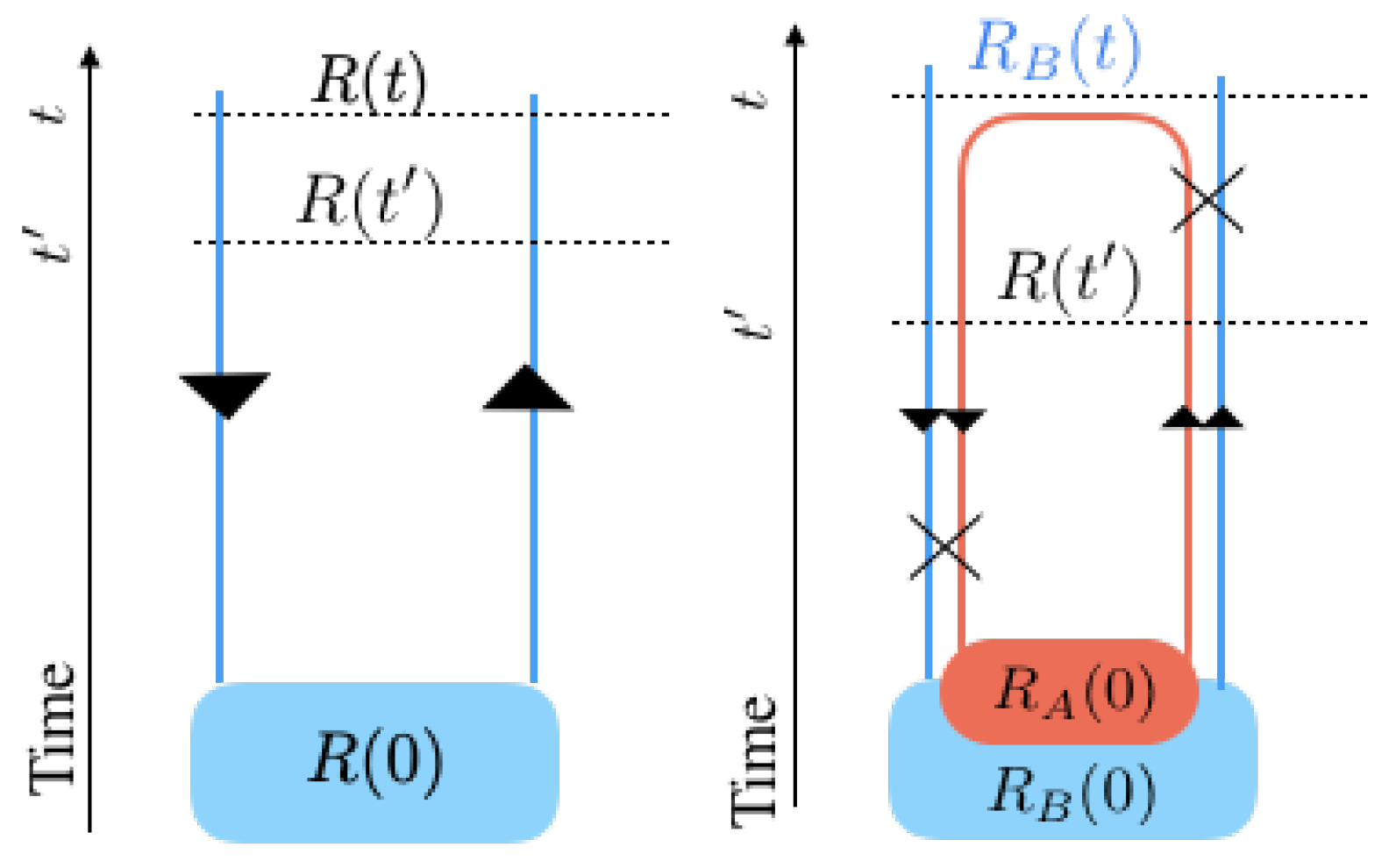
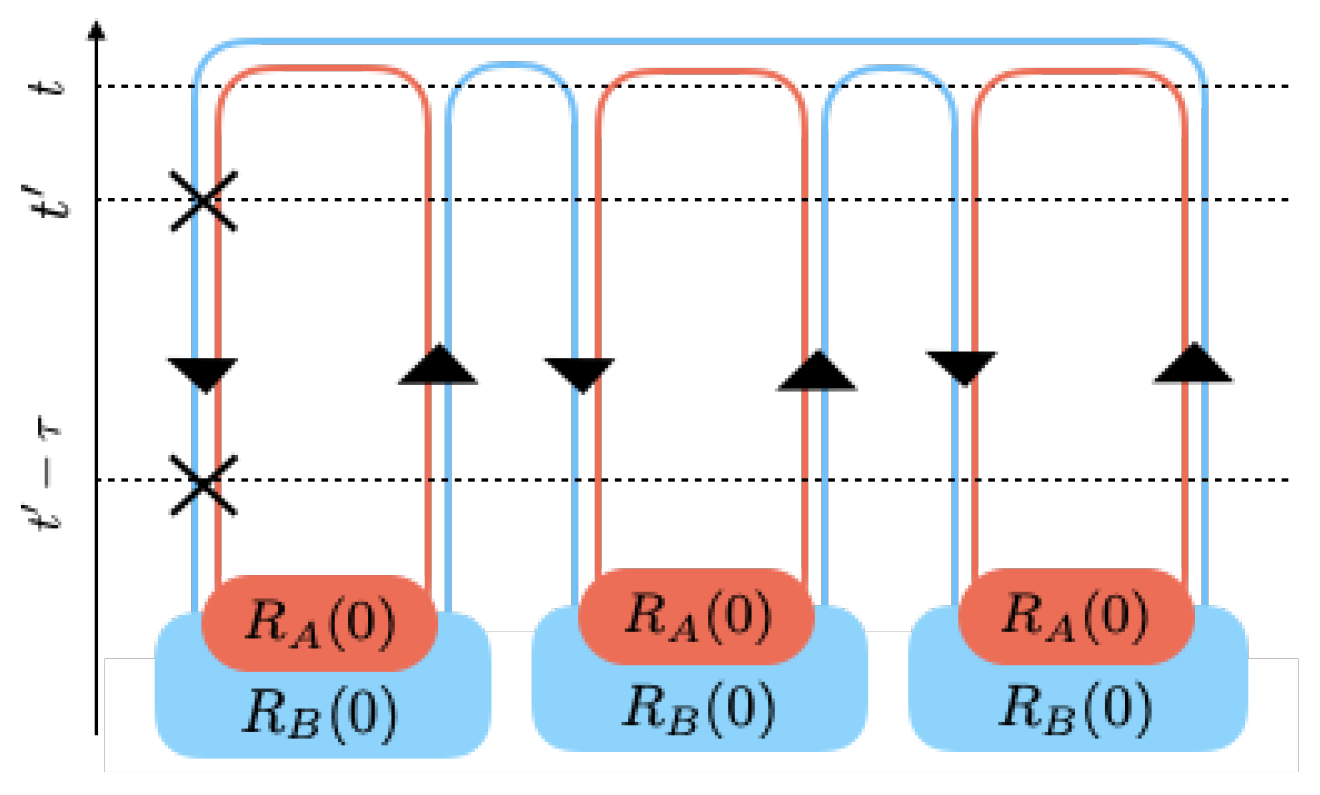
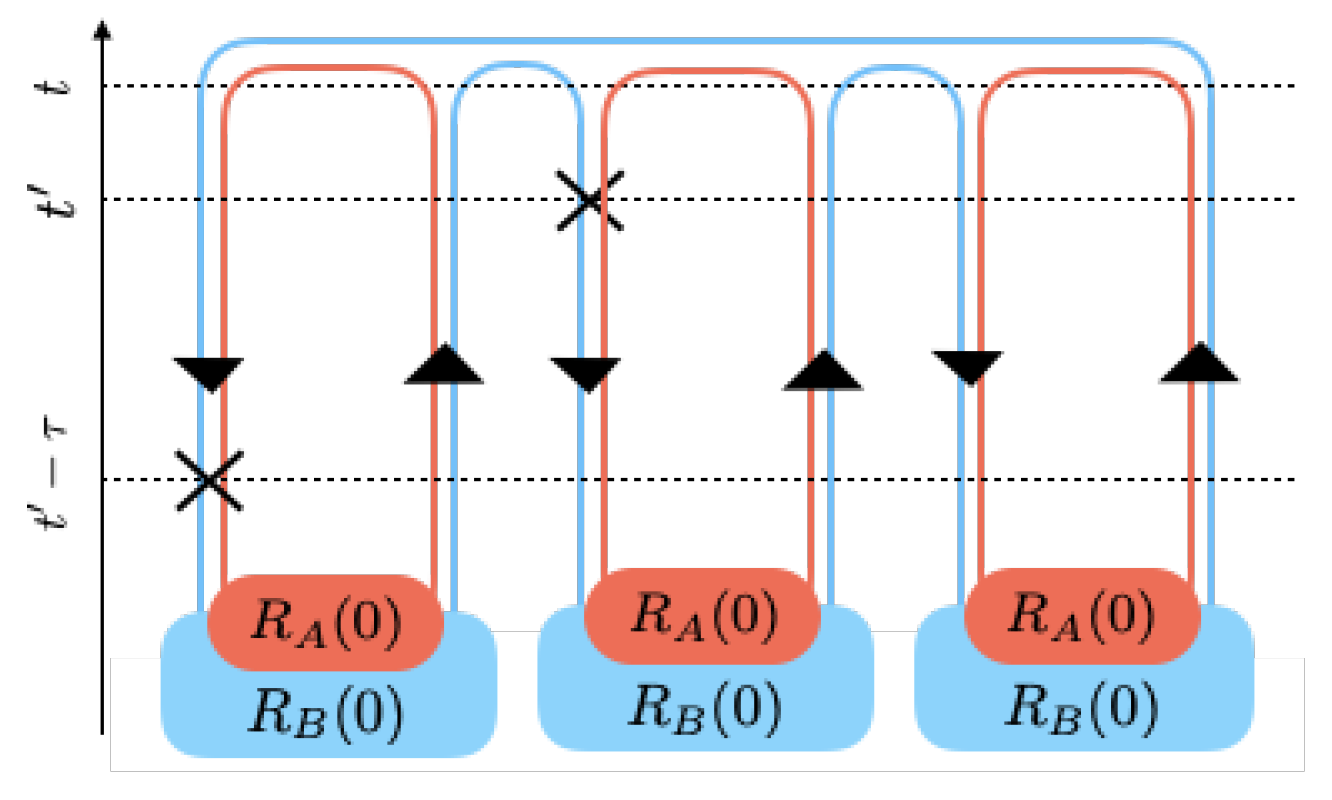
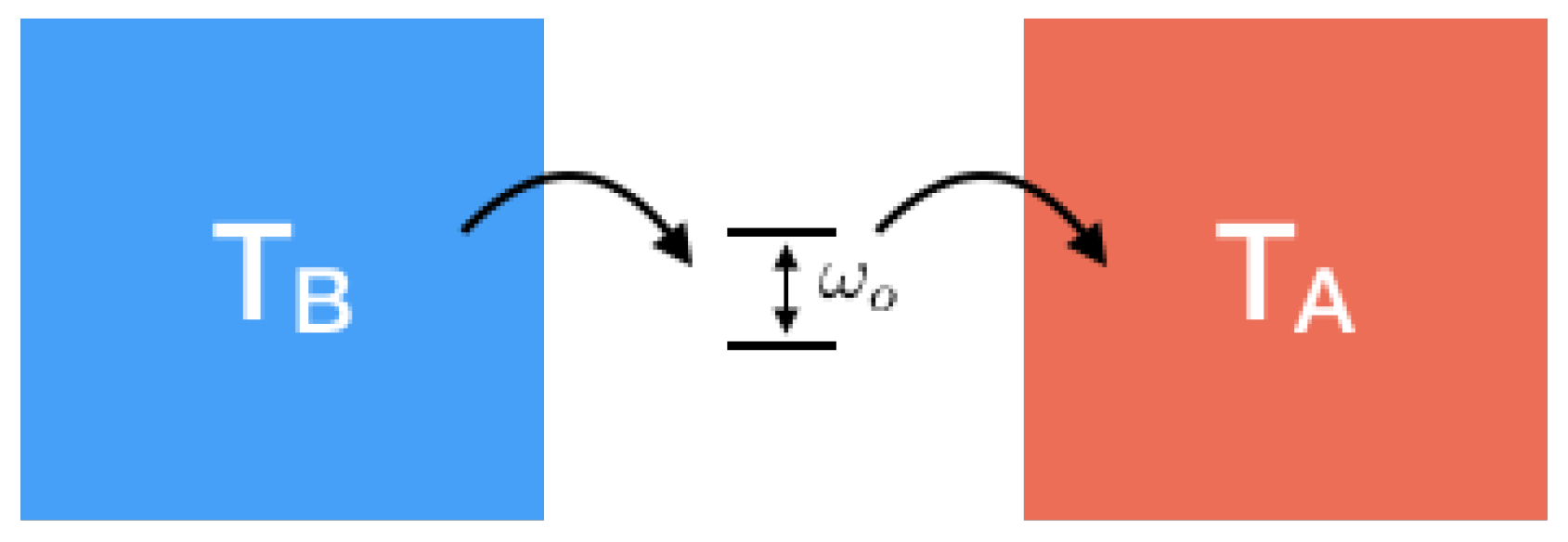

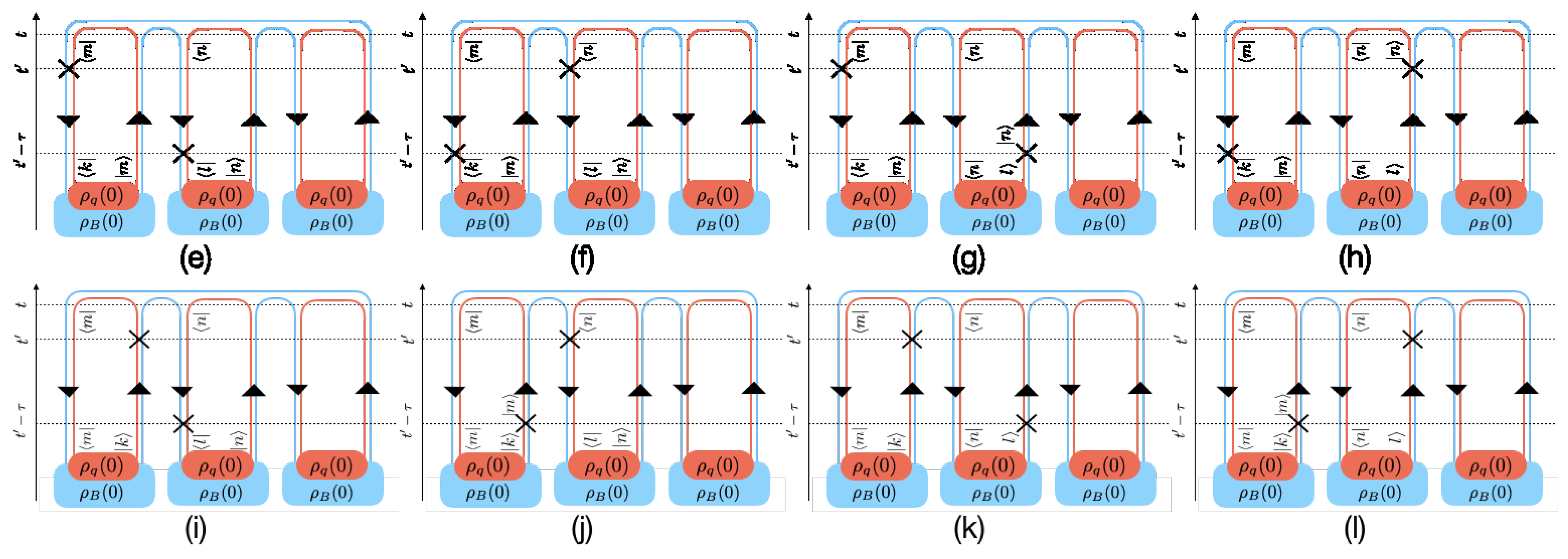
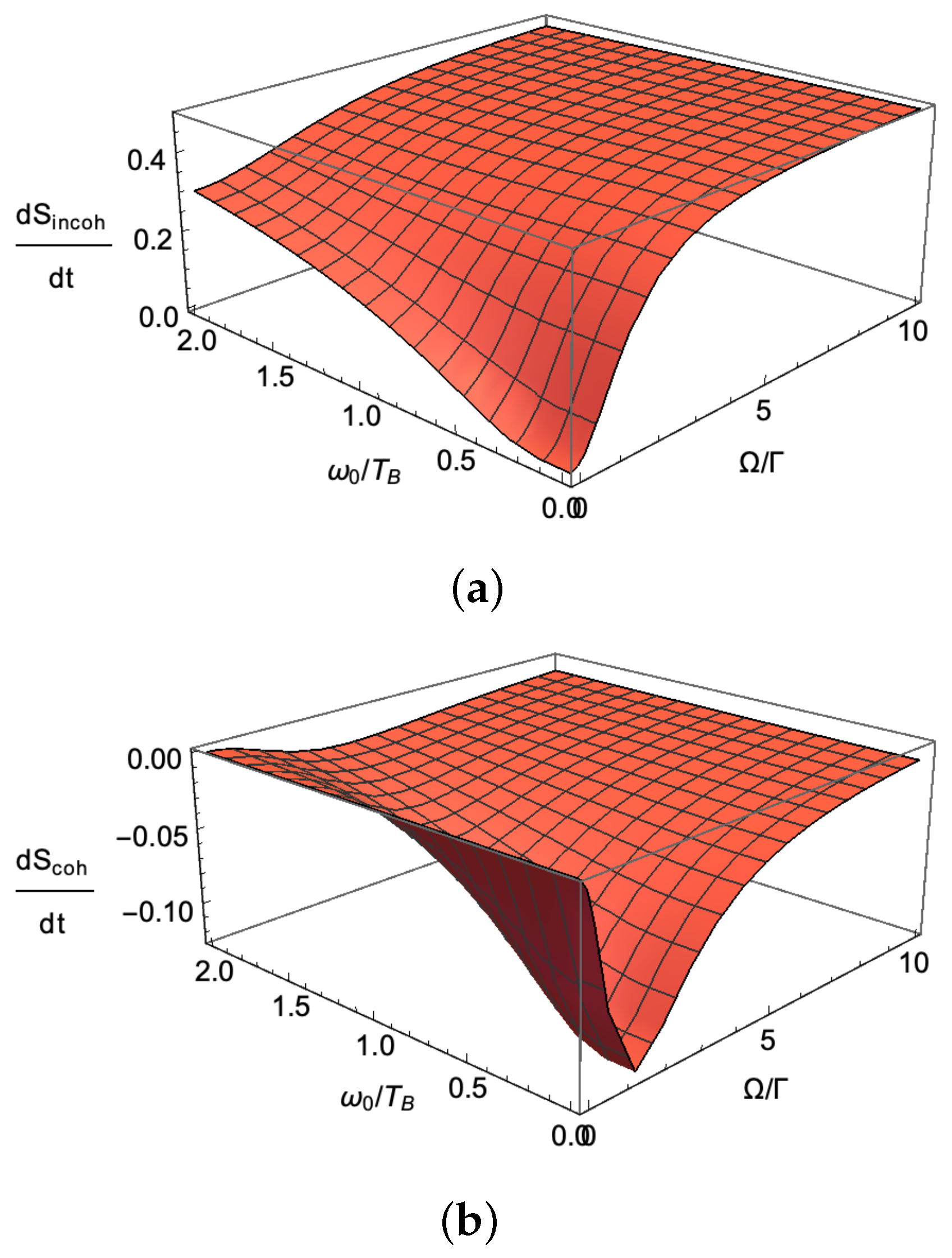
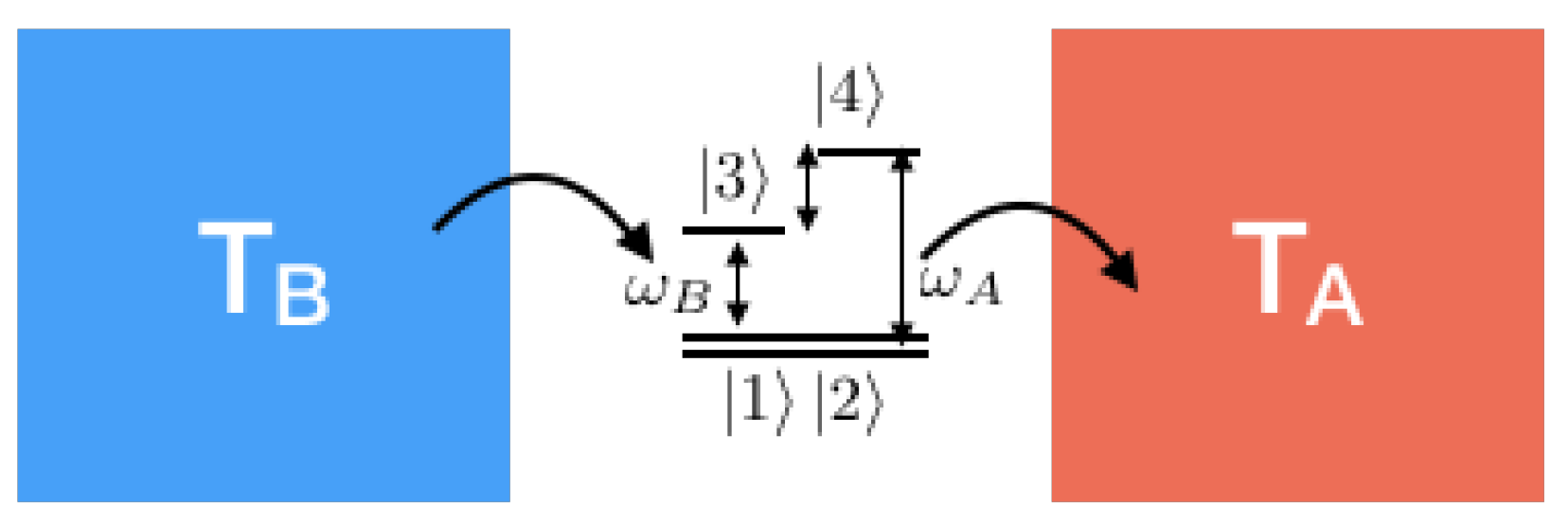
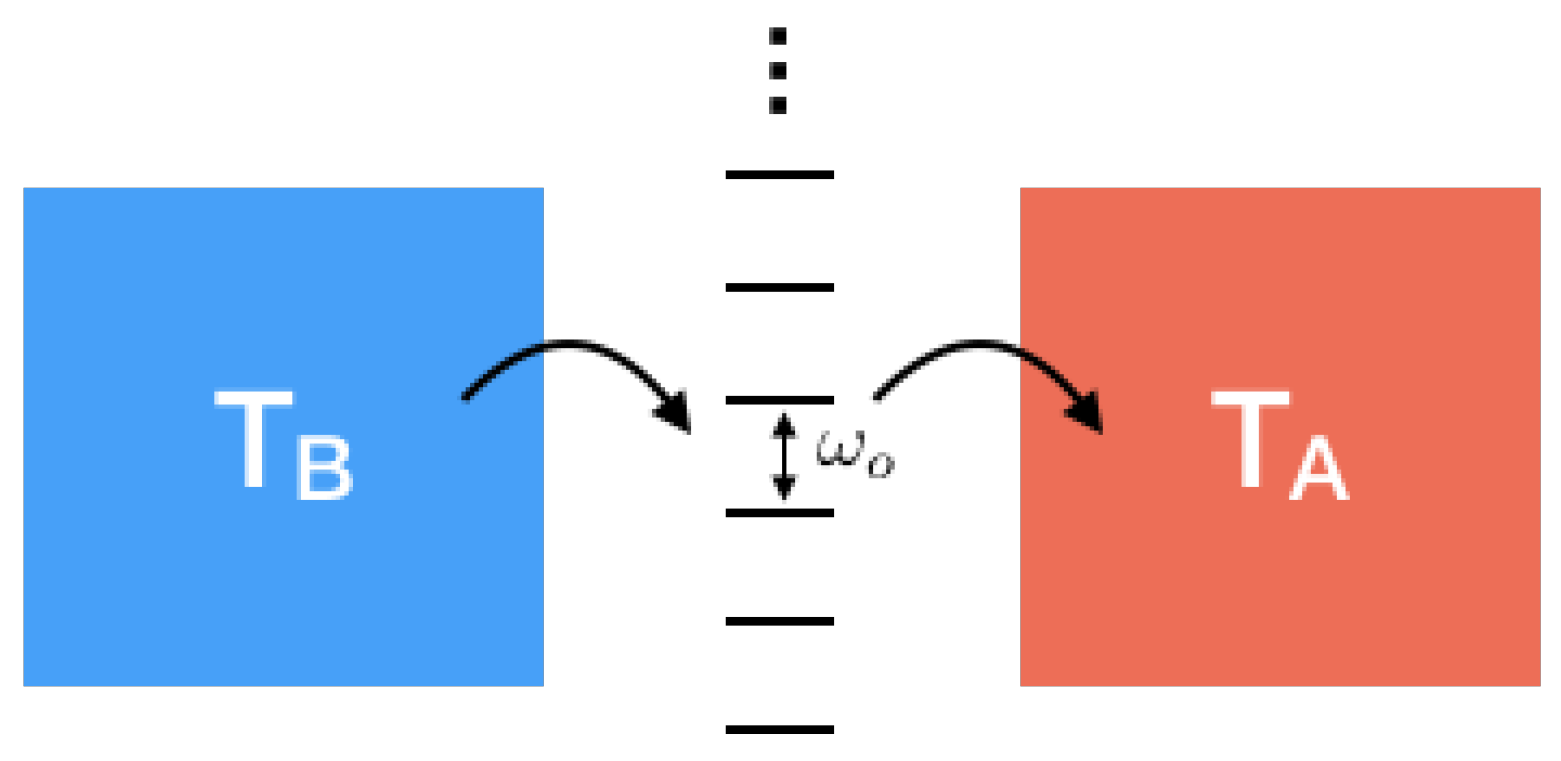
© 2019 by the authors. Licensee MDPI, Basel, Switzerland. This article is an open access article distributed under the terms and conditions of the Creative Commons Attribution (CC BY) license (http://creativecommons.org/licenses/by/4.0/).
Share and Cite
Ansari, M.H.; van Steensel, A.; Nazarov, Y.V. Entropy Production in Quantum is Different. Entropy 2019, 21, 854. https://doi.org/10.3390/e21090854
Ansari MH, van Steensel A, Nazarov YV. Entropy Production in Quantum is Different. Entropy. 2019; 21(9):854. https://doi.org/10.3390/e21090854
Chicago/Turabian StyleAnsari, Mohammad H., Alwin van Steensel, and Yuli V. Nazarov. 2019. "Entropy Production in Quantum is Different" Entropy 21, no. 9: 854. https://doi.org/10.3390/e21090854
APA StyleAnsari, M. H., van Steensel, A., & Nazarov, Y. V. (2019). Entropy Production in Quantum is Different. Entropy, 21(9), 854. https://doi.org/10.3390/e21090854




